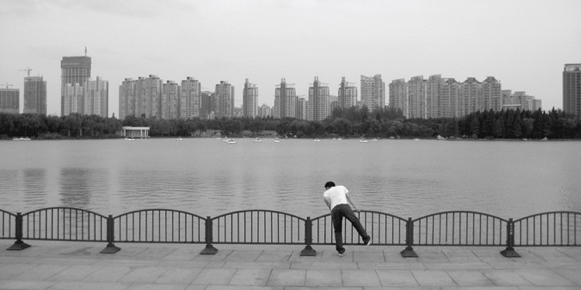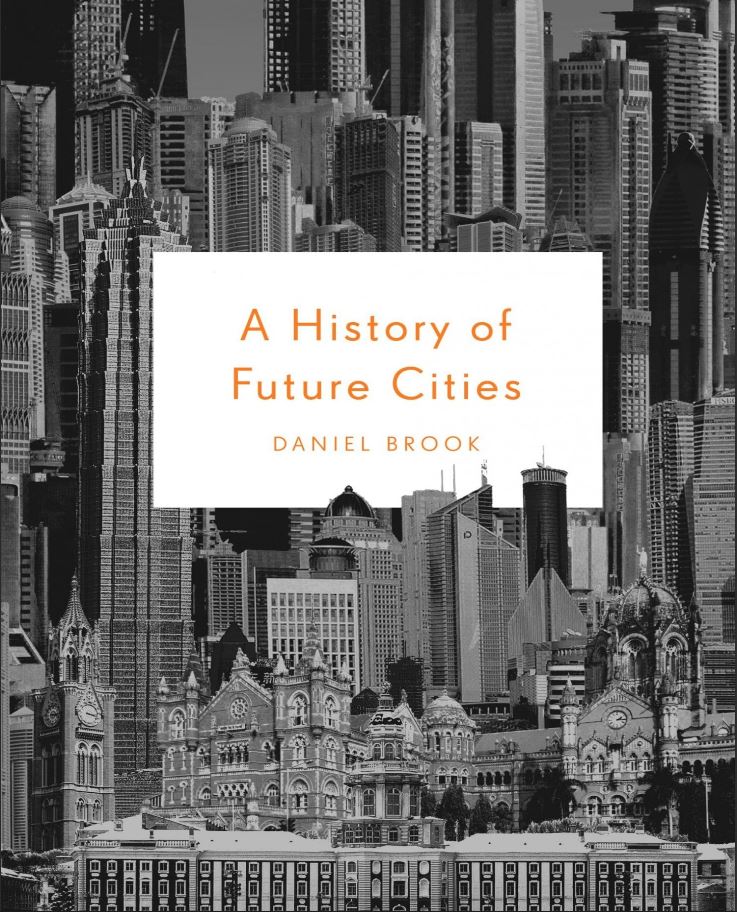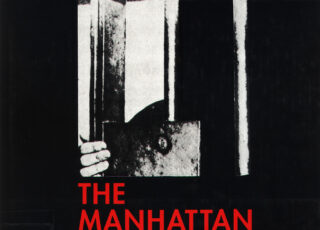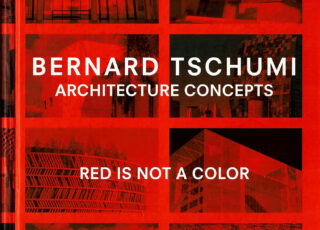
Brook, A History of Future Cities
Every month, five million people move from the past to the future. Pouring into developing-world “instant cities” like Dubai and Shenzhen, these urban newcomers confront a modern world cobbled together from fragments of a West they have never seen. Do these fantastical boomtowns, where blueprints spring to life overnight on virgin land, represent the dawning of a brave new world? Or is their vaunted newness a mirage?In a captivating blend of history and reportage, Daniel Brook travels to a series of major metropolitan hubs that were once themselves instant cities— St. Petersburg, Shanghai, and Mumbai—to watch their “dress rehearsals for the twenty-first century.”
Understanding today’s emerging global order, he argues, requires comprehending the West’s profound and conflicted influence on developing-world cities over the centuries. In 1703, Tsar Peter the Great personally oversaw the construction of a new Russian capital, a “window on the West” carefully modeled on Amsterdam, that he believed would wrench Russia into the modern world. In the nineteenth century, Shanghai became the fastest-growing city on earth as it mushroomed into an English-speaking, Western-looking metropolis that just happened to be in the Far East. Meanwhile, Bombay, the cosmopolitan hub of the British Raj, morphed into a tropical London at the hands of its pith-helmeted imperialists.
Juxtaposing the stories of the architects and authoritarians, the artists and revolutionaries who seized the reins to transform each of these precociously modern places into avatars of the global future, Brook demonstrates that the drive for modernization was initially conflated with wholesale Westernization. He shows, too, the ambiguous legacy of that emulation—the birth (and rebirth) of Chinese capitalism in Shanghai, the origins of Bollywood in Bombay’s American-style movie palaces, the combustible mix of revolutionary culture and politics that rocked the Russian capital—and how it may be transcended today.A fascinating, vivid look from the past out toward the horizon, A History of Future Cities is both a crucial reminder of globalization’s long march and an inspiring look into the possibilities of our Asian Century.
Download
Brook_A History of Future Cities.pdf
Brook_A History of Future Cities.txt
Brook_A History of Future Cities.html
Brook_A History of Future Cities.jpg
Brook_A History of Future Cities.zip



